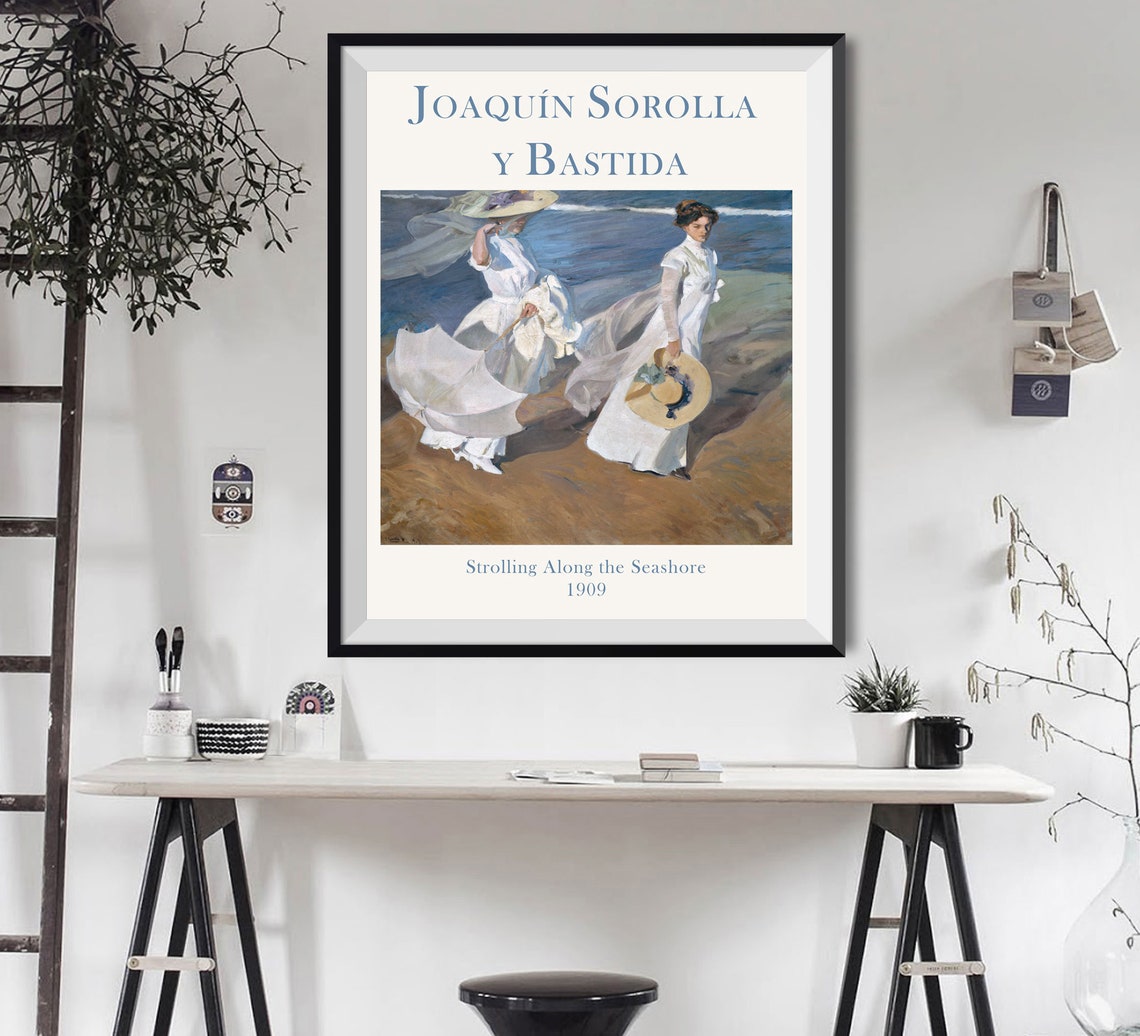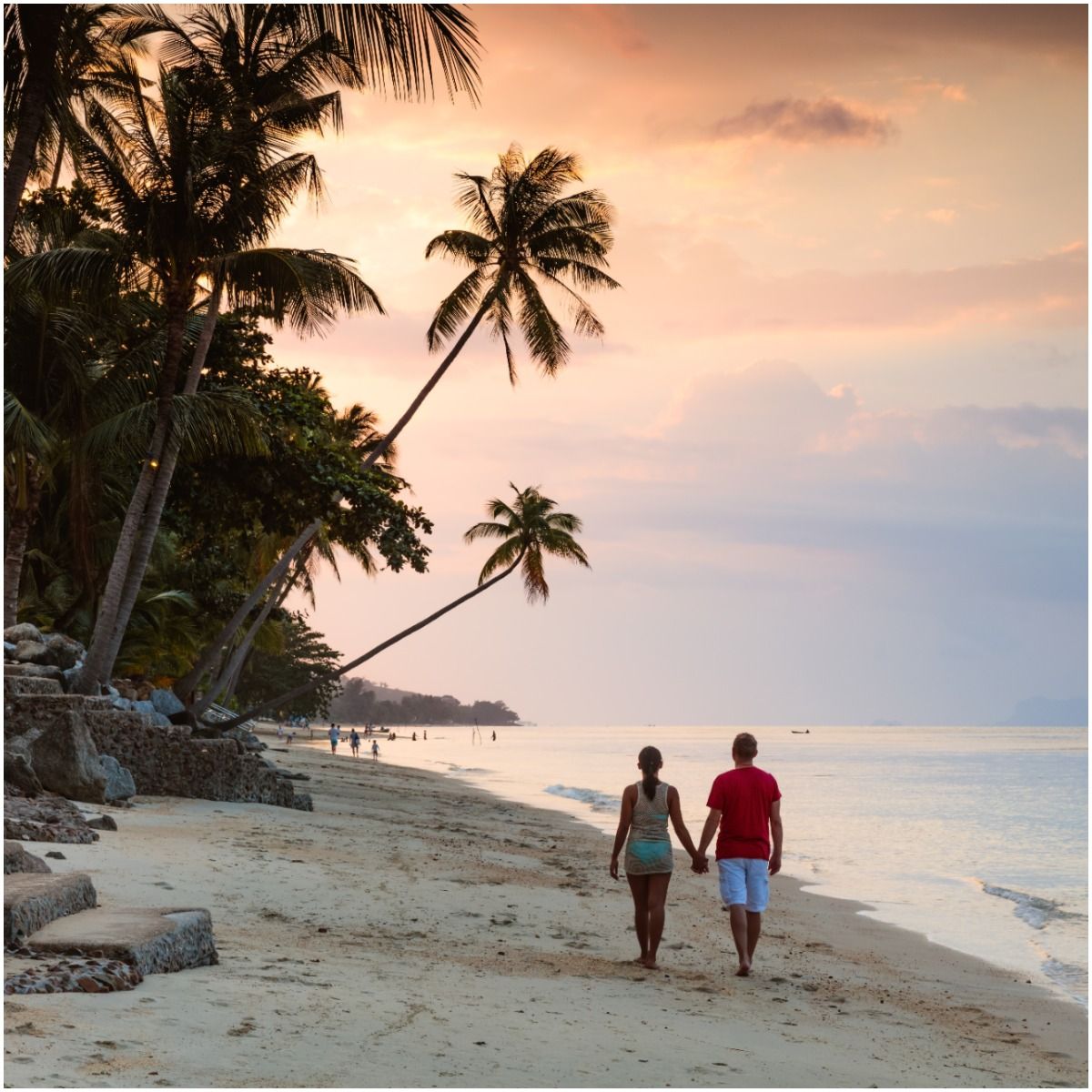

^ Tchaikovsky's Complete Songs: A Companion with Texts and Translations.Petersburg/Petersburg: Novel and City, 1900–1921. RUSSIAN, BOOK 1 : russian through propaganda. ^ "гулять - Russian Verb Conjugation".^ "The biggest culture shocks Americans face in Russia".Montreal: McGill-Queen's University Press. The Passeggiata and Popular Culture in an Italian Town: Folklore and the Performance of Modernity. Arterioscler Thrombosis and Vascular Biology. The Crouching Tiger Hidden Dragon of Societal Weight Gain. (2006) Non-Exercise Activity Thermogenesis The Journal of The Royal Society for the Promotion of Health. (2004) Maintaining Cognitive Health in an Aging Society. ^ Butler, R., Foreete, F., and Greengross, B.S.The Edgar Cayce handbook for health through drugless therapy. Davidson's diabetes mellitus: diagnosis and treatment (5th ed.). In Anne Peters Harmel Ruchi Mathur Mayer B. ^ "strolchen - Meaning and definition - ".American Flaneur: The Cosmic Physiognomy of Edgar Allan Poe. Rural strolls have long been a staple of Russian fiction and songs Tchaikovsky composed a musical accompaniment to the Nikolay Grekov poem “We haven’t long to stroll”. Petersburg as the center of urban strolling in that country, by contrast with Moscow. The 19th-century Russian literary critic Vissarion Belinsky described St. Walking is so important in Russian culture that gulyat' also is a synonym for "to party". Besides the verb, the experience itself, which describes the time span of the walk, is called progulka (Russian: прогулка). Young people often arrange just to go for a walk. In contrast to many western countries strolling is very common among young people in Russia. Strolling or walking ( Russian: гулять, gulyat') is very common in the Russian society.

The similar, and widespread custom in Italy for an evening walk is called la passeggiata. Several streets in countries with a Spanish cultural history incorporate the word: Paseo de la Reforma in Mexico City, Paseo del Prado, Havana, Paseo de Roxas in the Philippines, and Buenos Aires’s Paseo La Plaza. Activities include chatting with neighbors and acquaintances, flirting, and gossiping. The participants, whose membership is egalitarian, wear their best clothing. In Spain, a stroll is called a Paseo and is a popular after-dinner pastime. The body operates at a more balanced level when strolling.

Utilizing NEAT research has generated many ideas about social design of offices, schools, and living spaces to promote any physical activity, such as removing places to sit to promote standing and pacing. This has been named "Non-exercise activity thermogenesis" (NEAT) and includes everything from strolling to fidgeting in the analysis of energy consumption. Other researchers at the Mayo Clinic posit that all activity that is not sleeping, eating, or sports activity still contributes to overall health. Brisk walking and other everyday activities, such as house work or gardening, have demonstrated significant benefits to prevention of cognitive decline as the population ages. Researchers investigating the cognitive benefits to exercise have also concluded that strolling results in no significant gains to cognitive health as people age. The American Medical Association's committee on Exercise and Physical Fitness has stated that "walking briskly, not just strolling, is the simplest and also one of the best forms of exercise". Physicians therefore do not recommend strolling, but rather recommend more vigorous and aerobic forms of exercise. The body's energy demands whilst strolling do not require extra oxygen.


 0 kommentar(er)
0 kommentar(er)
